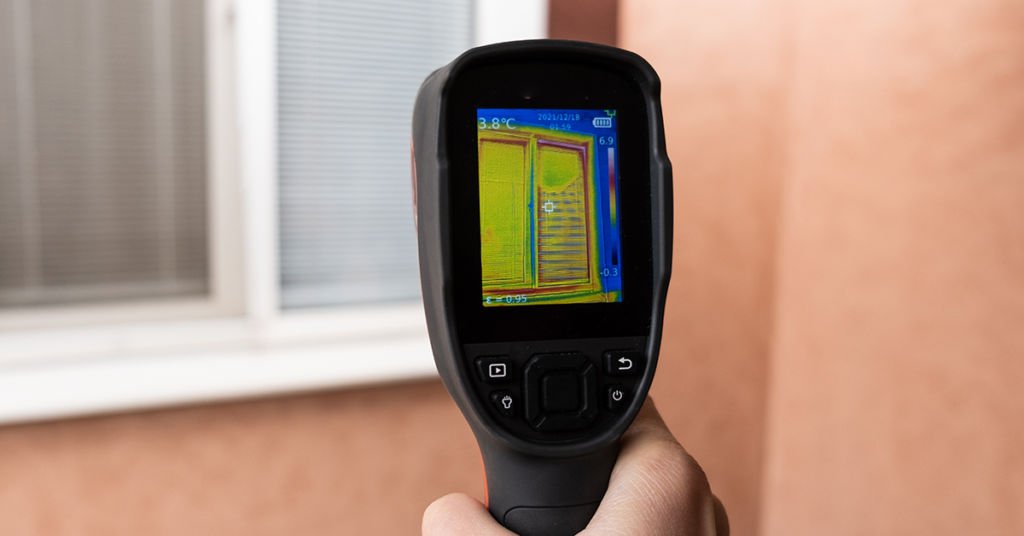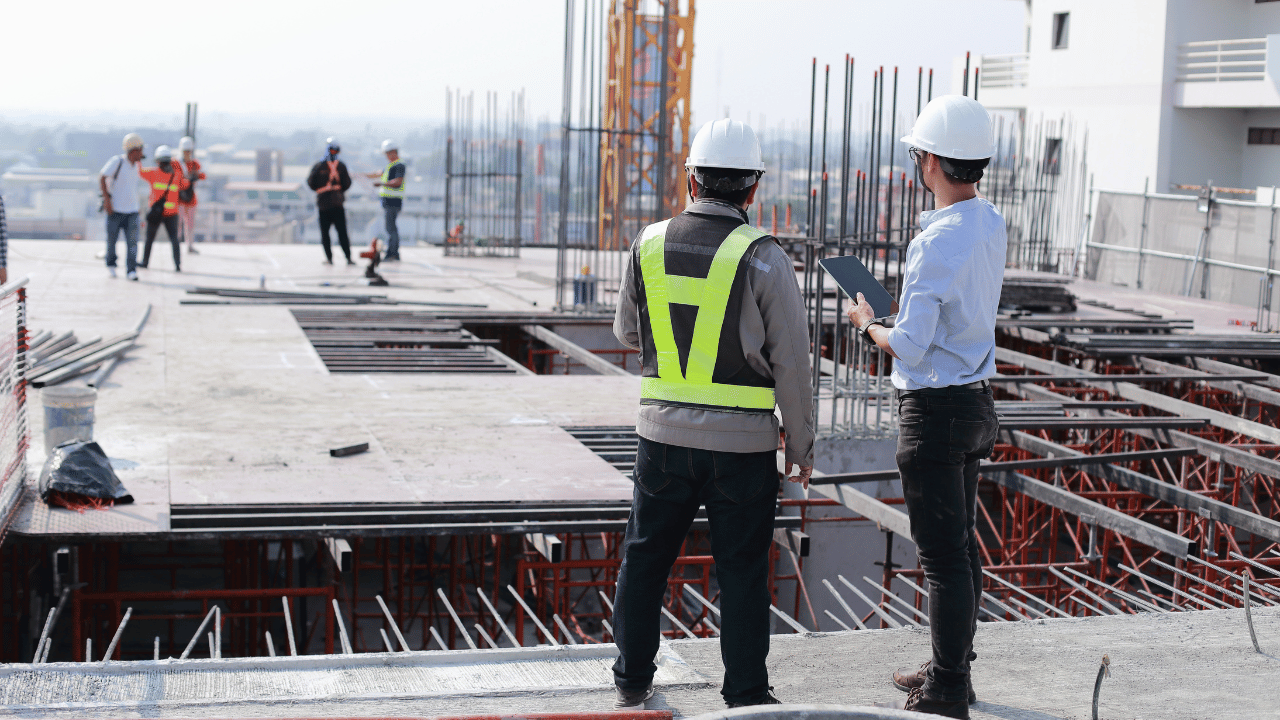
Infrared Thermography Testing Techniques: Top Techniques to Know
John Souffront

Today’s blog will discuss the different infrared thermography testing techniques and the benefits and limitations of infrared thermography.
If you are not well-versed with infrared thermography and want to learn more, it’s best to check out this blog. It explains infrared thermography in-depth, ensuring even first-time learners understand it. But if you are aware of it, feel free to proceed and understand the different infrared thermography testing techniques.
Infrared Thermography: A Brief Introduction
An infrared thermograph may be created by translating an item’s radiation into a temperature and graphically exhibiting that temperature distribution. Thermograms are pictures of the measured temperature distribution and can reveal sources of heat that are otherwise hidden from view. It finds widespread application in fields like condition monitoring and preventive maintenance.
Regardless of lighting conditions, thermal imagers can quickly identify and show infrared wavelengths since all things above absolute zero (-459.67 degrees Fahrenheit) thermal infrared radiation. One widespread practice is wearing night-vision goggles, which allow the user to see in complete darkness.
Infrared thermography’s principal use is ensuring machines are working correctly and finding any inefficiencies or faults by analyzing their thermal signatures. For asset managers responsible for condition monitoring, infrared thermography is a significant improvement in the inspection of mechanical equipment.
Although infrared imagers are user-friendly, deciphering the data they provide can be a bit of a challenge. Knowing the basics of radiometry and heat transport processes helps us understand how infrared imagers function.
You might also want to read: Infrared Thermometer: Here’s What You Must Know
Infrared Thermography: Different Testing Techniques
Several different infrared thermography testing methods are available. The factors you prioritize, such as the type of data you require and the object under observation, will determine your chosen option. What follows is a discussion of the most typical approaches to infrared thermography testing.
- Passive Thermography: During passive thermography testing, pictures of the machine’s thermal signature are taken either while it is operating or immediately afterward. This is a great option to obtain information without using an external power source or putting the system offline.
- Active Thermography: As the name implies, active thermography employs an external energy source to generate temperature variations in the component, which are then affected by the component’s internal materials and flaws. It can be used to demonstrate the path of thermal energy within a component and detect working parts anomalies.
- Flash thermography: It is a method for detecting heat-blocking defects in materials by sending pulses of light through the material in question.
- Vibrothermography: Using such a technique, cracks in machinery or components can be located by sending sonic waves through the object. Acoustic energy is responsible for the disturbance that causes friction between the two rough edges on either side of the fissure. The infrared camera can pick up on the heat that this generates.
- Lock-in thermography: Like many other approaches, it is necessary to apply an external energy source (light, sound, heat, etc.) to the surface of a component to expose anomalies below the surface. For this method to be effective, it is necessary to know the abnormality’s composition and qualities and its depth, size, and location. Time-wise, it’s more of a drag than the other methods we’ve looked at, but it can get through more sturdy constructions.
How to Interpret Data Correctly?
Infrared thermography’s accessibility is a major factor in its rapid adoption as a PM technique of choice. Mistakes are rather common due to misunderstandings of data interpretation and imager capabilities. These include:
- The inability to comprehend the resolution: A failure to understand resolution is evidenced by the fact that infrared thermography imagers have restrictions on what they can see and how accurately they can quantify it. Therefore, before acquiring an infrared imager, it is important to understand the limitations of its resolution.
- Not taking into account the surrounding environment: Without considering other variables such as wind, rain, ambient air temperature, or sunlight, it is impossible to get an accurate reading of the actual temperature, in your reporting, including environmental factors like wind and precipitation. Avoid uncomfortable heat by inspecting surfaces while they are not in direct sunlight.
- Putting aside chilly areas: You will naturally search for hotspots, but ignoring chilly places might lead to severe consequences. Systems that use electricity or steam are especially susceptible to this problem. Absent heat suggests either a faulty steam trap or an electrical capacitor.
- Considering only the surface temperature: environmental considerations make thermal imaging less effective at displaying true temperatures than other methods. So, instead of worrying about the temperature, you should look for variations in thermal patterns. When infrared thermography is used to compare numerous components, the part that stands out as abnormal is typically the one producing problems.
You might also want to read: When and Why Should You Go For An Infrared Thermography Inspection?
Infrared thermography: Benefits and Limitations
Infrared thermography has many benefits, specifically with preventive maintenance, such as:
- It does not involve handling hardware or machinery
- Output in real-time
- Gain access to information about big areas simultaneously
- Graphics that are simple to understand and comprehend
- For additional analysis, data might be transferred to a computer program.
- There will be no need for testing to cause downtime or production delays.
With the benefits, there are certain drawbacks as well. Here they are:
- The cost of infrared gear tends to be high. Therefore, it’s important to weigh the potential savings from infrared technology’s early detection warnings against the time and effort that will be required.
- If a component is covered with a non-transparent material, such as glass, infrared temperature sensing technology cannot work. Glass seems opaque when viewed with an infrared camera.
- Expertise and a wealth of background information are needed to interpret imaging results from infrared data.
Final Words
We reach the concluding parts of our blog. To summarize our discussion, we first discussed in brief about IR thermography. Next, we discussed the different infrared thermography testing techniques. Finally, we understood how to interpret data correctly from such an inspection and the benefits and limitations of IR thermography.
If you have read this blog in its entirety and even gone through the blogs that were referred, you have almost all the knowledge you require about infrared thermography. You can hire the right person without being fooled or overcharged for such a service.
If you wish to save time on finding the right and certified professionals for an infrared thermography inspection, Souffront Construction and Engineering can help you there.
We provide state-of-the-art property services like 40-year structural recertification (extremely important), infrared thermography inspection, and concrete restoration.
We pride ourselves on being the best in these services. With a team of general contractors, level II certified infrared thermographer, plumbers, and recertification experts, we are committed to affordably meeting your requirements. To know more about us and our services, you can check our home page or even get in touch with our support team.
John Souffront
John Souffront is a seasoned leader in the construction and engineering industry, with over a decade of experience at the helm of Souffront Construction & Engineering. Known for his unwavering commitment to excellence and innovation, John has propelled his firm to the forefront of the field, delivering cutting-edge solutions for complex projects around the country.
Build Your Project
Ensure safety and compliance on your construction site with our experienced team. Call us today.
Contact Us



